iHeartDogs is reader supported. Some of the links below may be paid affiliate links, where we receive a small commission on a product at no additional cost to you.
For many pet parents, discovering that their furry companion has diabetes can be overwhelming. While managing the condition requires various adjustments, including dietary changes, it doesn’t mean treats need to be completely off the menu. There are plenty of dog treats with ingredients that are safe for diabetic dogs. With the right treats, your dog will still be able to enjoy the occasional snack without it putting them at risk.
What is Diabetes in Dogs?
Diabetes in dogs is a medical condition that harms the body’s ability to regulate blood sugar or glucose levels. The most common form in canines is Diabetes Mellitus, similar to type 1 diabetes in humans. It occurs when the pancreas fails to produce sufficient insulin, a hormone essential for transferring glucose from the bloodstream into the body’s cells for energy. As a result, the glucose accumulates in the blood, leading to hyperglycemia (high blood sugar).
The main symptoms of diabetes in dogs include excessive thirst and urination, increased appetite, weight loss, and fatigue. If not managed properly, it can lead to more severe health issues like cataracts, urinary tract infections, and even life-threatening conditions such as diabetic ketoacidosis. If you suspect your dog may have diabetes, talk to your vet right away.

What to Consider When Purchasing Dog Treats for a Diabetic Dog
When purchasing treats for a diabetic dog, it’s crucial to prioritize their health to ensure they maintain stable blood sugar levels. Below are the key considerations.
Low Glycemic Ingredients
Look for treats that contain ingredients with a low glycemic index. These ingredients release glucose slowly into the bloodstream, avoiding rapid spikes in blood sugar.
No Added Sugars
Check the ingredient list to ensure there are no added sugars or sweeteners, which can be harmful to diabetic dogs.
High Fiber Content
Fiber can help stabilize blood sugar levels. Treats with good sources of fiber like vegetables, flaxseed, or oats can be beneficial.
Natural Ingredients
Choose treats that are made from whole, natural ingredients without artificial preservatives, colors, or flavors. Limited ingredient lists are good for ensuring there are no unnecessary additives.
Check the Carbohydrate Content
While dogs need some carbohydrates in their diet, it’s essential to ensure that the carbohydrate content isn’t excessively high in the treat.
Portion Size
Even if a treat is suitable for diabetic dogs, overindulgence can still affect their blood sugar levels. Look for treats that are appropriately sized, low in calories, or can be easily broken into smaller pieces.
Consult Your Veterinarian
Before introducing any new treats or foods to your diabetic dog’s diet, always consult with your vet to ensure they’re appropriate for your pet’s specific needs.
Monitor Blood Sugar Levels
After introducing a new treat, monitor your dog’s blood sugar levels to ensure the treat doesn’t negatively impact their health.
Consider Homemade Options
If you’re unsure about commercial products, consider making homemade dog treats. This way, you have full control over the ingredients.
Remember, while treats are a great way to reward your pet, moderation is key, especially for dogs with health conditions like diabetes.

Best Diabetic Dog Treats
The only ingredient in Pawstruck Collagen Sticks is collagen from beef skin. Thus, you don’t have to worry about additives that could harm your diabetic dog. These snacks are great for dogs who love to chew and they can prevent boredom in canines. They’re long-lasting, high in protein, and highly digestible. They can also benefit several areas of your dog’s health, including their joints, skin, coat, and dental health.
The Diabetic TINY Dog Treats are a new size version of the company’s regular Diabetic Dog Treats. These treats are approximately 1 inch by 1/2 inch and provide only 2 calories per treat. Made in the USA, these treats are all-natural and use herbal-based ingredients, many of which are certified organic. They contain no additives, chemicals, dyes, or other by-products, making them suitable for dogs with various ailments or for training purposes as a low-calorie, low-protein option.
Ella’s Diabetic Dog Treats are organic, natural sweet potato dog treats specifically designed for diabetic dogs. These treats are free from additives and preservatives, ensuring a healthy snack for pets. With ingredients that won’t spike blood sugar levels, Ella’s Diabetic Dog Treats provide a tasty option for picky eaters while being safe for diabetic dogs.
PureBites Chicken Breast for Dogs is a high-quality dog treat made with only one ingredient: 100% Pure USA Sourced Chicken Breast. The treats are freeze-dried raw to preserve the taste, texture, and freshness that dogs love. They’re also rich in nutrients, making them suitable for dogs with health concerns or those on a restricted diet. Proudly sourced and made in the USA, PureBites Chicken Breast is high in protein and contains an average of 3 calories per treat.
A Better Treat offers single-ingredient snacks for dogs, so you don’t need to worry about any added sugars. These ones are freeze-dried beef liver, making them flavorful to cater to picky pups. Beef liver is also a natural source of omega fatty acids to help your dog’s skin and coat stay healthy. It’s only made with high-quality beef, so the treats are grain-free and gluten-free, allowing dogs with allergies or sensitivities to enjoy them.
Acana Singles Treats are another freeze-dried, limited ingredient option. There are several different formulas available, all of which have three beneficial ingredients: meat, liver, and fruit. You can choose between Lamb & Apple, Beef & Pumpkin, or Duck & Pear. Thanks to the short ingredient list and high protein, there are no added sugars or other ingredients that could harm your dog. Also, with only about five calories per treat, you won’t have to worry about your dog gaining weight while eating these.
Frequently Asked Questions About Dog Treats for Diabetic Dogs
What causes diabetes in dogs?
Diabetes in dogs is typically a result of the body’s inability to produce or respond to insulin, a hormone responsible for regulating blood sugar levels. Factors like genetics, obesity, autoimmune disorders, and certain medications can contribute to the onset of the disease.
Why are regular dog treats not suitable for diabetic dogs?
Many conventional dog treats are high in sugars and carbohydrates, which can cause sudden spikes in a diabetic dog’s blood sugar levels, making disease management challenging.
What ingredients should I avoid in treats for a diabetic dog?
Steer clear of treats containing added sugars, high-glycemic fillers like corn or wheat, artificial preservatives, and excessive fat content, as these can adversely affect a diabetic dog’s health.
How often can I give my diabetic dog a treat?
Moderation is key. While the frequency can vary depending on the treat and your dog’s specific needs, always ensure treats don’t exceed 10% of their daily caloric intake and consult your vet for guidance.
Are there any safe store-bought treats for diabetic dogs?
Yes, several brands offer treats formulated specifically for diabetic dogs. Always check ingredient lists, opt for low-glycemic, high-fiber options, and avoid added sugars.
Can I make homemade treats for my diabetic dog?
Absolutely! Homemade treats allow you to control the ingredients, ensuring they’re tailored to your dog’s needs. Using ingredients like chickpea flour, coconut oil, and fresh vegetables can be a good starting point.
How do high-fiber treats benefit diabetic dogs?
High-fiber treats can help stabilize blood sugar levels, as fiber slows the absorption of glucose. This helps prevent sudden spikes or drops in blood sugar, aiding in diabetes management.
How do I monitor the impact of treats on my diabetic dog?
Regular blood sugar checks are crucial. If introducing a new treat, monitor their blood sugar levels closely for any changes, and always be observant of signs like increased thirst or lethargy.
Can treats replace meals for diabetic dogs?
No, treats should never replace regular meals. They should be an occasional addition to a well-balanced diet tailored to manage your dog’s diabetes.
Are fruits and vegetables safe treats for diabetic dogs?
Many fruits and vegetables can be excellent treats for diabetic dogs, but not all are suitable. For example, blueberries and green beans are typically safe in moderation, while grapes and raisins should be avoided entirely. Always consult your vet before introducing new foods.

Conclusion: Best Diabetic Dog Treats
Caring for a diabetic dog includes a delicate balance of diet, exercise, and medication. Thankfully, the availability and variety of diabetic dog treats have made it easier for pet parents to reward and train their pets without jeopardizing their health. By choosing treats specifically designed for diabetic canines and moderating their intake, our loyal companions can continue to enjoy life’s simple pleasures, even with their unique dietary requirements.
iHeartDogs is reader supported. Some of the links below may be paid affiliate links, where we receive a small commission on a product at no additional cost to you.
- Best Dog Treats Overall
- Best Dog Treats for Hiking
- Best Yak Chews for Dogs
- Best Antlers for Dogs
- Best Beef Cheek Rolls for Dogs
- Best Dog Jerky Treats
- Best Pig Ears for Dogs
- Best Beef Tendon Chews for Dogs
- Best Turkey Tendon Chews for Dogs
- Beef Trachea Chews for Dogs
- Best Tripe Chews for Dogs
- Best Duck Feet Chews for Dogs
- Best Pumpkin Dog Treats
- Best Peanut Butter Dog Treats
- Best Sweet Potato Dog Treats
- Best Freeze Fried Dog Treats
- Best Bacon Dog Treats
- Best Low Calorie Dog Treats
- Best Birthday Dog Treats
- Best Banana Dog Treats
- Best Puppy Calming Treats & Chews
- Best Dog Treats for Bad Breath
- Best Dog Treats for Sensitive Stomach
- Best Single Ingredient Dog Treats
- Best Dog Food Seasoning
- Best Dog Ice Creams
- Best Odor Free Bully Sticks
- Best Puppy Calming Treats & Chews
- Best Dog Treat Holders
- Best Ostrich Chews for Dogs
- Best Chicken Dog Treats
- Best Beef & Beef Liver Dog Treats
- Best Pork Dog Treats
- Best Fish Dog Treats
- Best Healthy Dog Treats
- Best Vegan Dog Treats
- Best Organic Dog Treats
- Best Senior Dog Treats
- Best High Value Dog Treats
- Best Gluten Free Dog Treats
- Best Cheese Dog Treats
- Best Crunchy Dog Treats
- Best Soft Dog Treats
- Best High Protein Dog Treats
- Best Holistic Dog Treats
- Best Vegetarian & Plant-Based Dog Treats
- Best Gourmet Dog Treats & Cookies
- Best Budget Friendly Dog Treats
- Best Low Sodium Dog Treats
- Best High Fiber Dog Treats
- Best Dog Treats for Hiking
- Best Frozen Dog Treats
- Best Diabetic Dog Treats
- Best Hydrolyzed Dog Treats
- Best Baked Dog Treats
- Best Christmas Dog Treats
- Best Halloween Dog Treats
- Best Fall-Inspired Dog Treats
- Best Salmon Dog Treats
- Best Dehydrated Dog Treats
- Best All Natural Dog Treats
- Best Blueberry Dog Treats
- Best Yogurt Dog Treats
- Best Vet Recommend Dog Treats
- Best Low Protein Dog Treats
- Best Oatmeal Dog Treats
- Best Carob Dog Treats
- Best Beef Lung Dog Treats
- Best Chicken-Free Dog Treats
- Best Bone Marrow Dog Treats
- Best Apple Dog Treats
- Best Raw Dog Treats
- Best Watermelon Dog Treats
- Best Made in USA Dog Treats
- Best Long Lasting Dog Treats & Chews
- Best Duck Dog Treats
- Best Lamb Dog Treats
- Best Carrot Dog Treats
- Best Human-Grade Dog Treats
- Best Bison Dog Treats
- Best Rabbit Dog Treats
- Best Venison Dog Treats
- Best Turkey Dog Treats
- Best Duck Feet Dog Chews
- Best Buffalo Dog Treats
- Best Eco-Friendly & Sustainable Dog Treats
- Best Elk Dog Foods, Treats & Toppers
- Best Water Buffalo Horns for Dogs
- Best Water Buffalo Chews & Treats for Dogs
- Best Horns for Dogs
- Best Hooves for Dogs
- Best Coffee Wood Dog Chews
- Best Fish Skin Chips, Chews, and Treats for Dogs
- Best Insect Based Dog Treats
- Best Wet Dog Food Toppers
- Best Dog Treat Makers
- Best Dog Birthday Cake Mixes
- Best Upcycled Dog Treats
- Best Beef, Chicken & Pork Heart Dog Treats
- Best Minnow Treats for Dogs
- Best Organ Treats for Dogs
- Best Tripe Treats & Chews for Dogs
- Best Dog Granola & Granola Bars
- Best Dog Biscuits
- Best Dog Biscuit Mixes
- Best Spreadable Treats for Dogs
- Best Functional Dog Treats
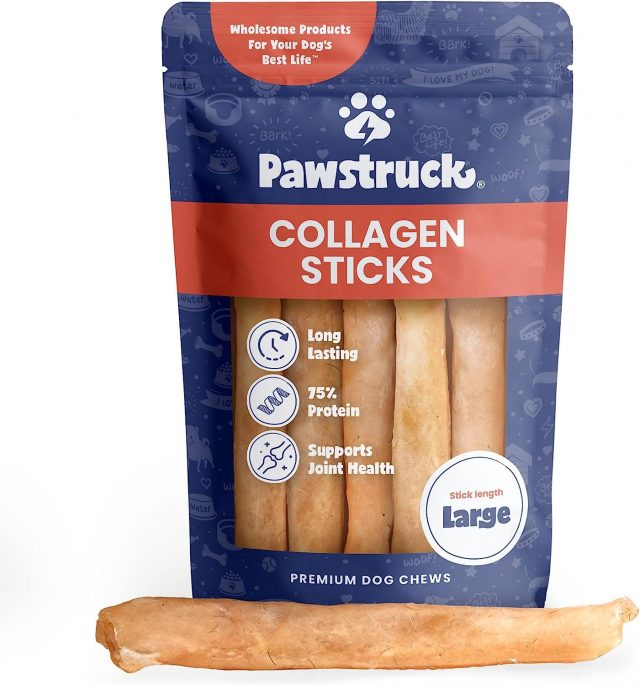
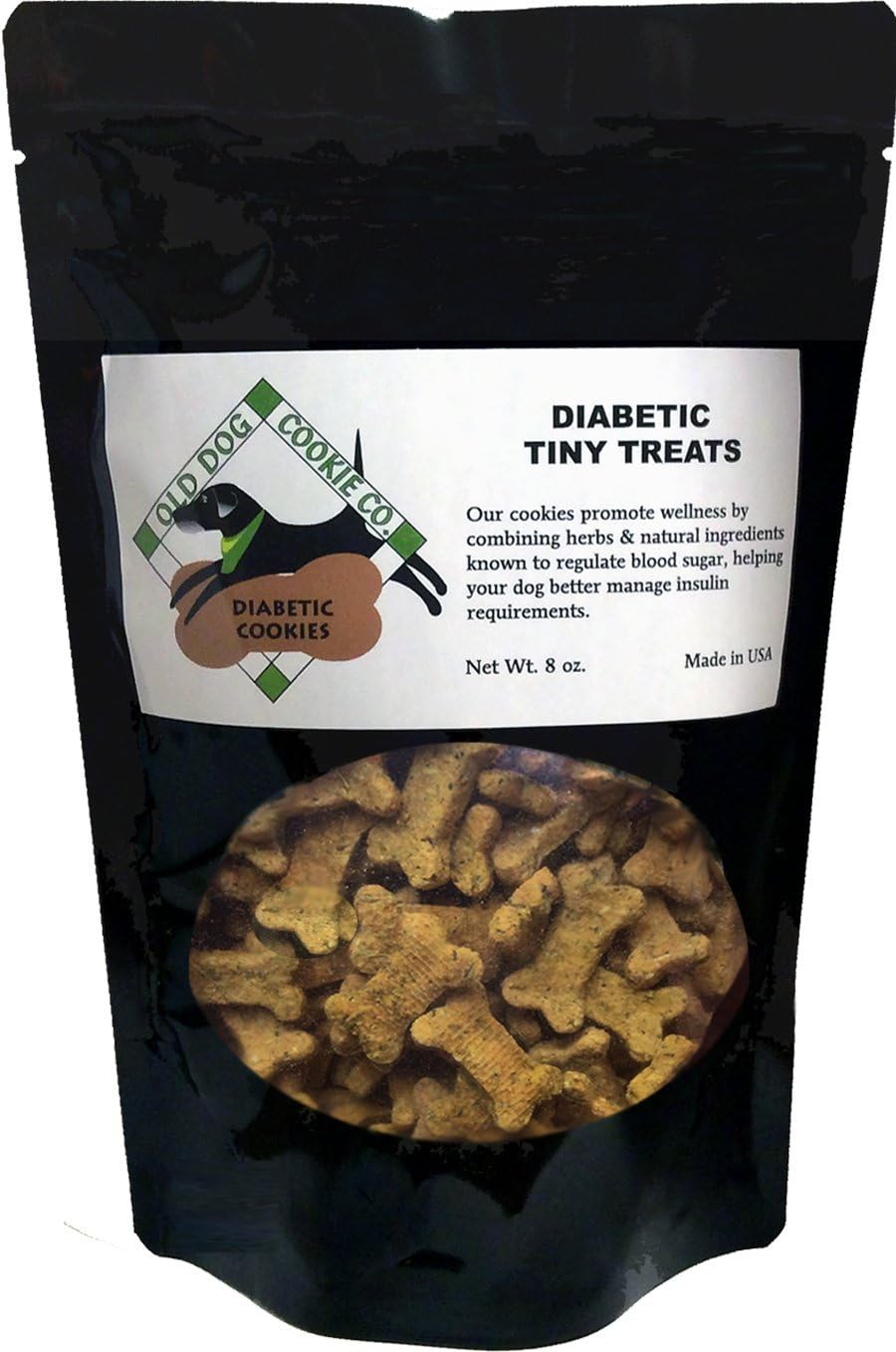

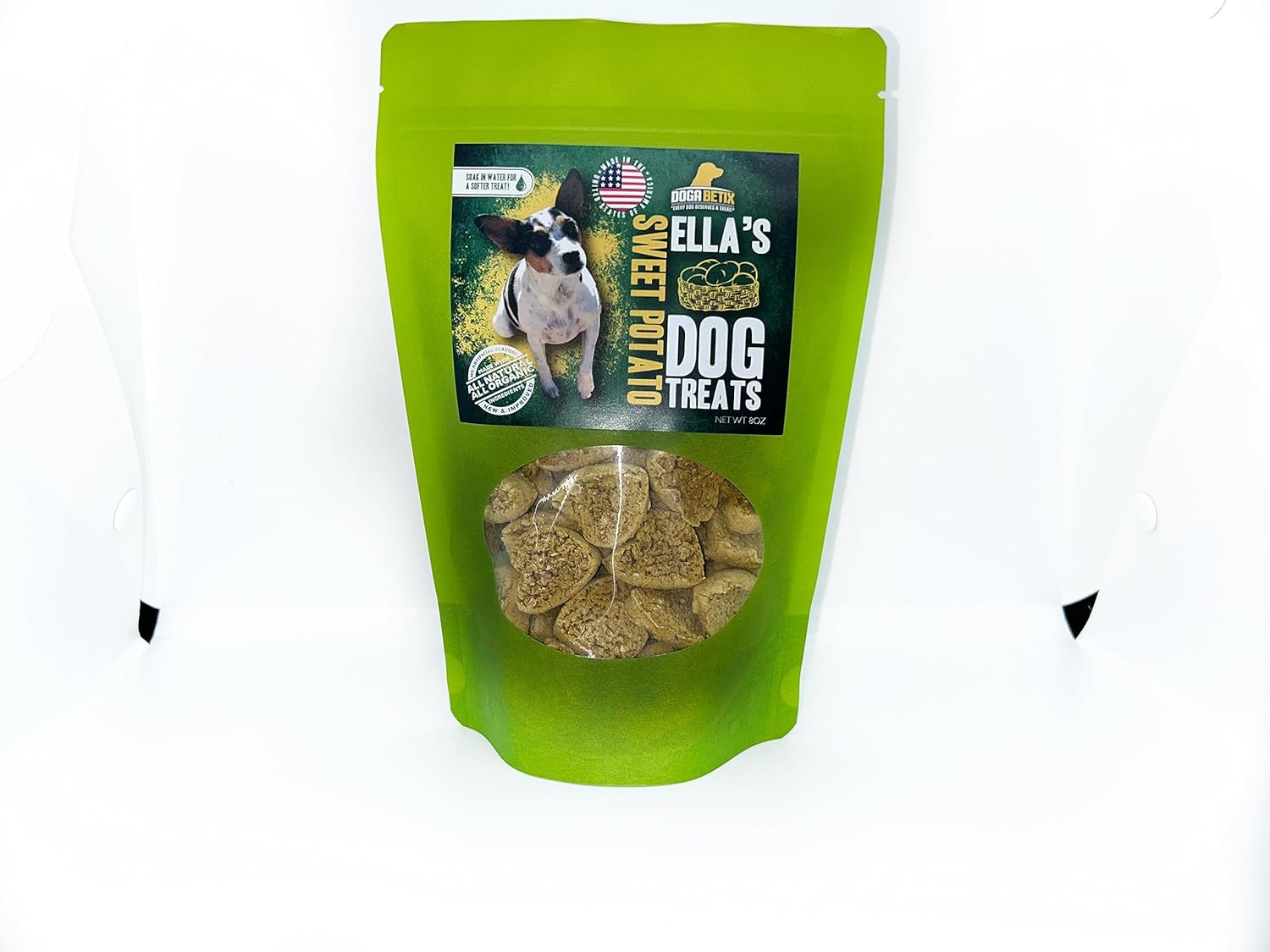
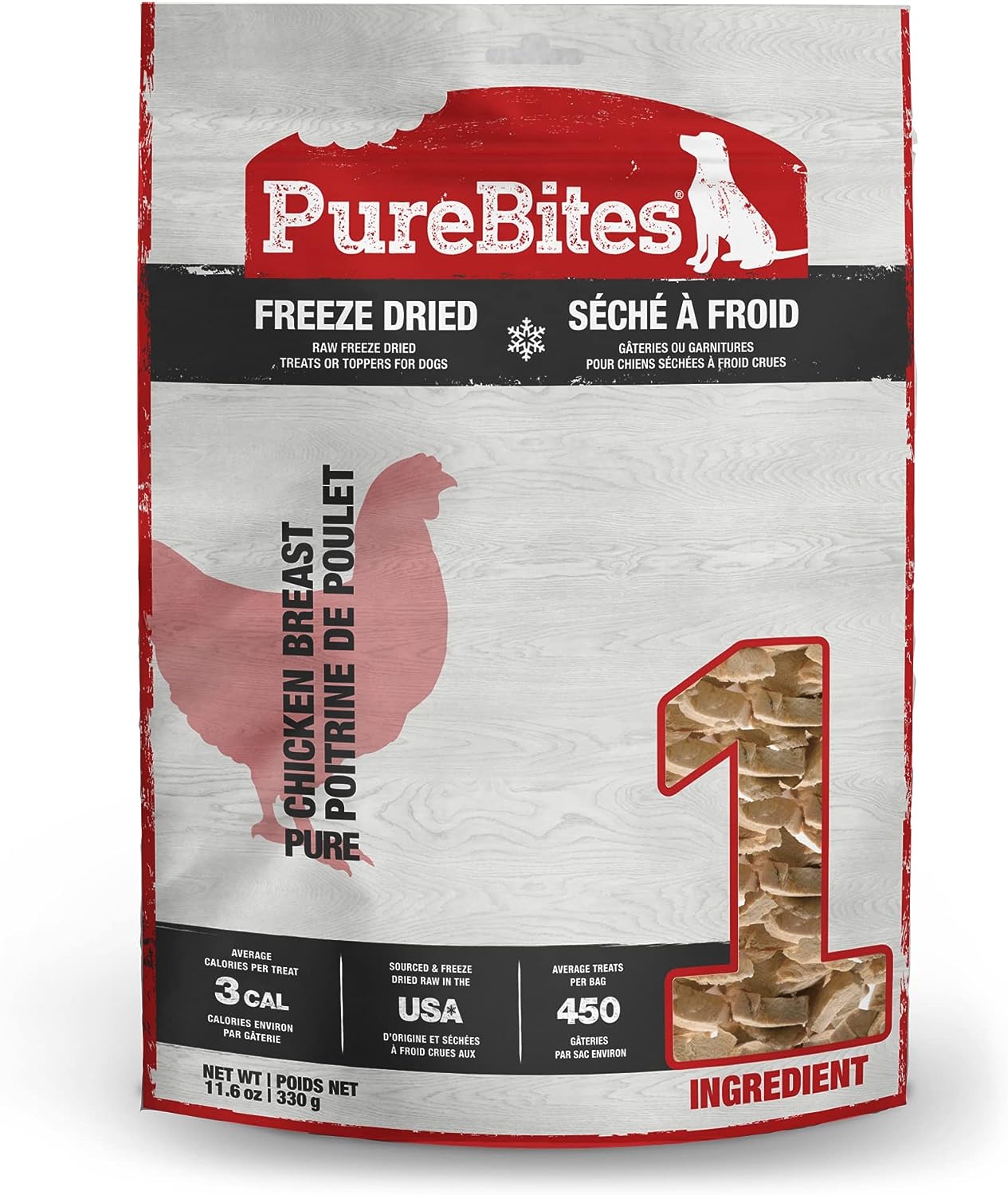
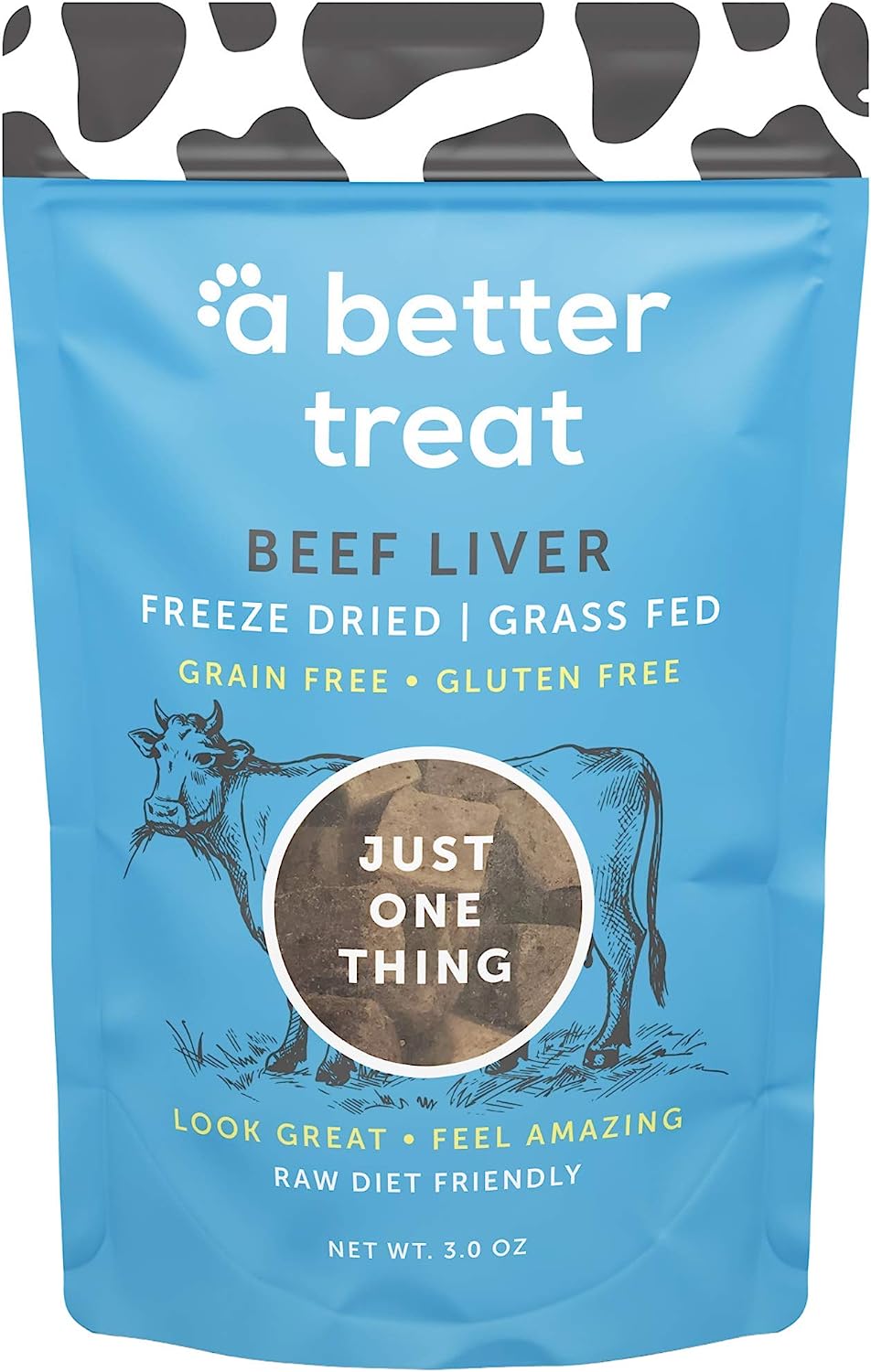
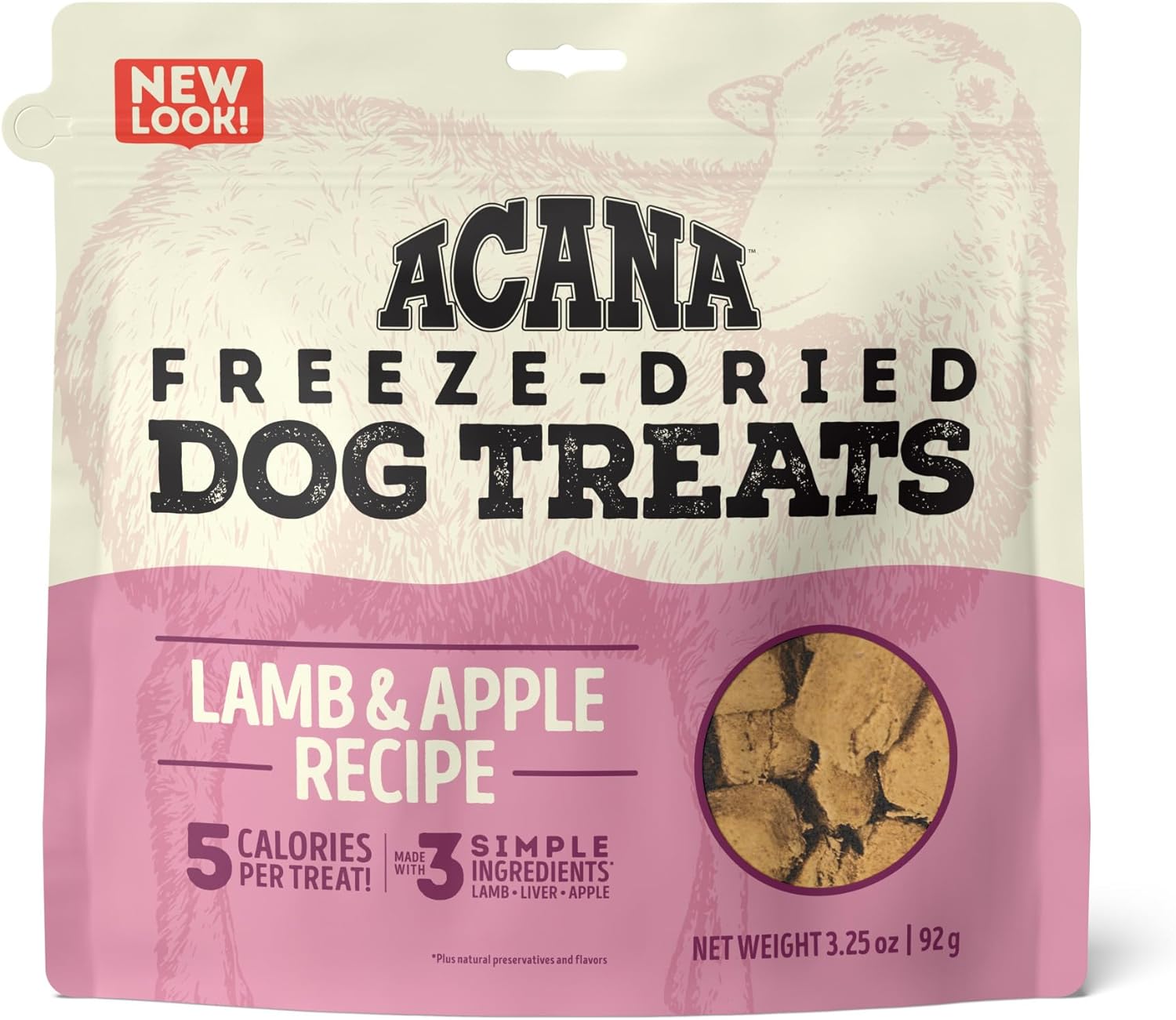
 Toledo, United States.
Toledo, United States.